Embossed ceilings and intricately carved woodwork line the vast spaces of Aisha Fahmy’s Palace. The echoes of another time are woven into its silk wall panels, captured in the stained glass of towering windows, and embedded in the quiet corners of its rooms. Situated in the heart of Zamalek, this riverside retreat has witnessed both the height of luxury and the shifting tides of Egypt’s cultural landscape.
Two expansive halls are adorned with detailed frescoes, while the walls throughout the palace are draped in luxurious red and green silk. In contrast, the 1,000 m² basement functions as an art exhibition space, offering a more minimalist setting with detailed descriptions of the exhibited works.
Fine craftsmanship is evident in every corner, from the frescoed ceilings to the lavish wall coverings, showcasing a blend of opulence and meticulous detail that is rarely produced today.
How it came to be
Commissioned in 1907 by Ali Fahmy Pasha and designed by the renowned Italian architect Antonio Lasciac, the palace stands as an example of European elegance brought to life in Cairo.
The palace’s classical architectural style mirrors early 20th-century European trends, featuring intricate wood carvings, grand windows, and richly decorated interiors.
Yet, beyond its European influence, the palace is deeply tied to Egypt’s cultural fabric, offering a glimpse into how Egypt’s elite embraced and adapted foreign styles, making them their own. The blend of European design with local craftsmanship speaks to the country’s cosmopolitan nature during the 20th century.
Its walls carry the weight of personal histories, like the tragic tale of Egyptian aristocrat Ali Fahmy, who inherited the land from his father and built this grand home before his life was cut short by his wife and French socialite, Marguerite Miller, in 1923. After his death, the palace passed to his sister Aisha Fahmy, who lived there until her final days.
Today, Aisha Fahmy’s Palace operates as a cultural hub, as its original grandeur remains intact. From the moment you enter the historic building, the central staircase commands your attention, with colorful, artistic windows framing the ascent.
A walk-through
The palace stretches across two floors, with a basement that once housed servants, now repurposed as a gallery. Among the rooms, one stands out: the Japanese Room, a gift from a former Japanese ambassador to Aisha herself, featuring engravings and artwork that reflect a unique cultural exchange between Egypt and Japan.
Walking through the palace, the rich blend of European decor is unmistakable—silk and linen tapestries, baroque-style motifs, and grand chandeliers still grace the ceilings. Yet, the experience here goes beyond art or architecture; it’s about discovery. While some artworks are without explanations, the absence of signage seems to immerse you in the palace’s historical atmosphere, allowing the structure to speak for itself.
Down in the basement, however, the modern art gallery provides deeper context, with detailed descriptions of the artists’ lives and works, contrasting with the palace’s historic charm.
And the best part is entry to the palace is free; visitors need only present their ID or passport. The artwork on display rotates regularly, featuring new artists and exhibitions, making each visit a fresh experience and offering a continuous reason to return and rediscover this gem.
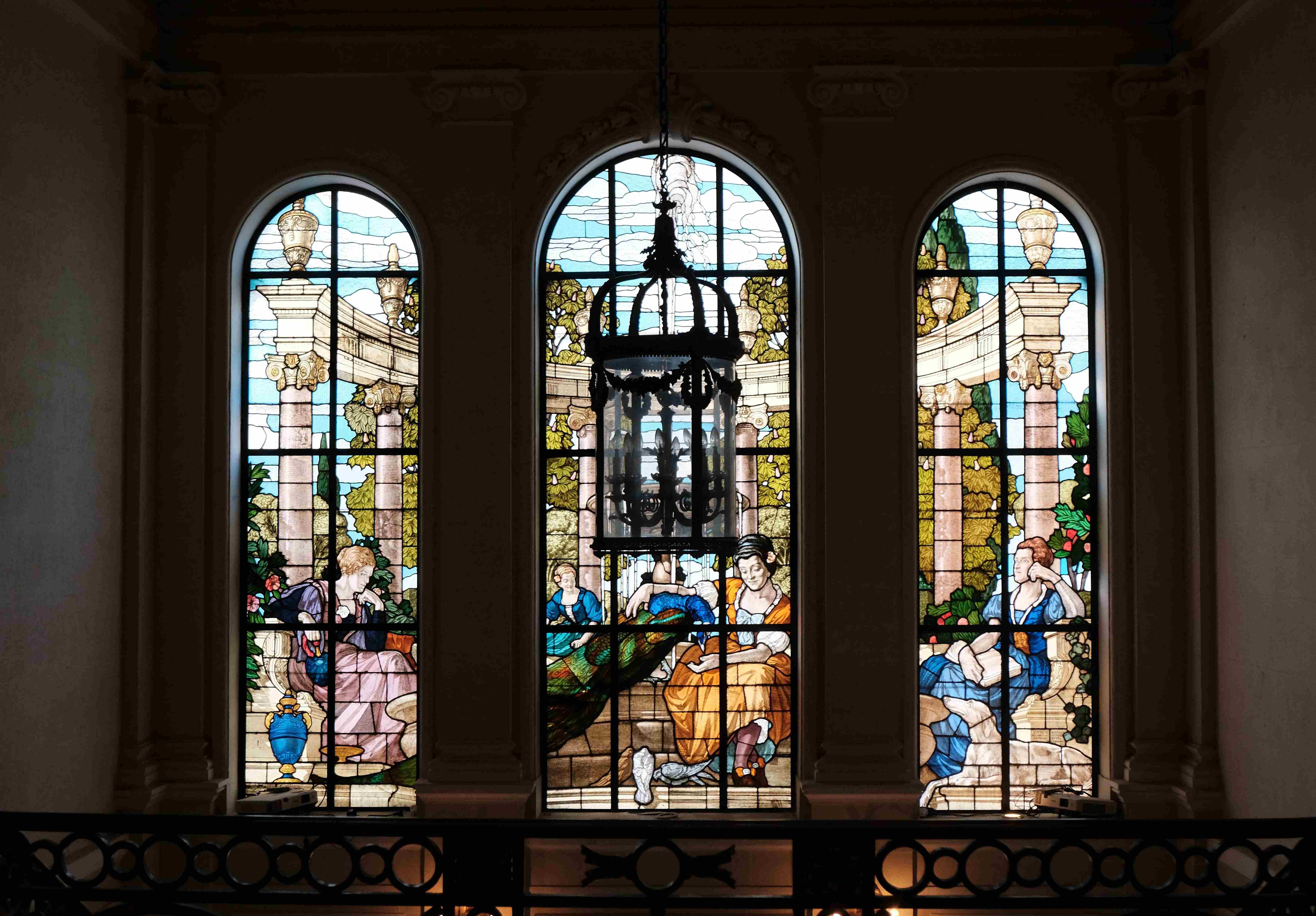
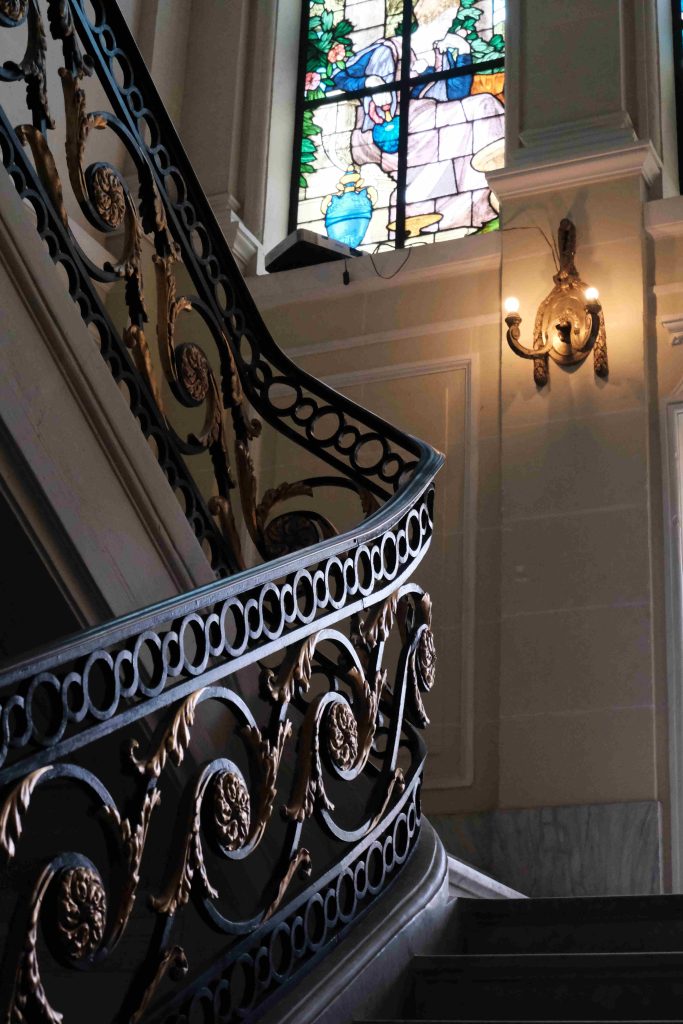
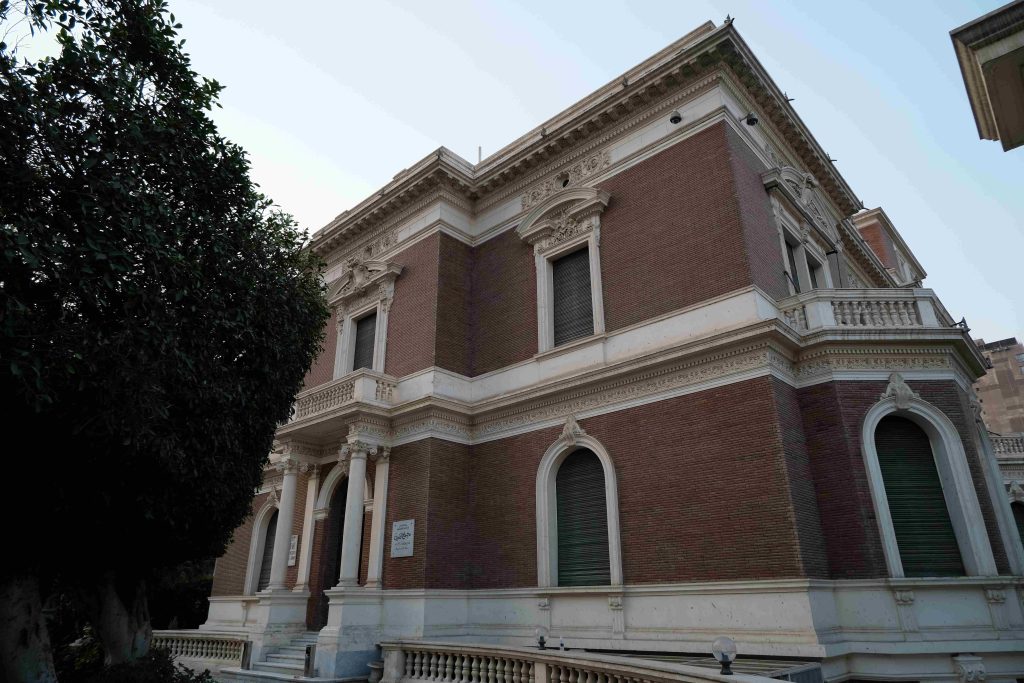
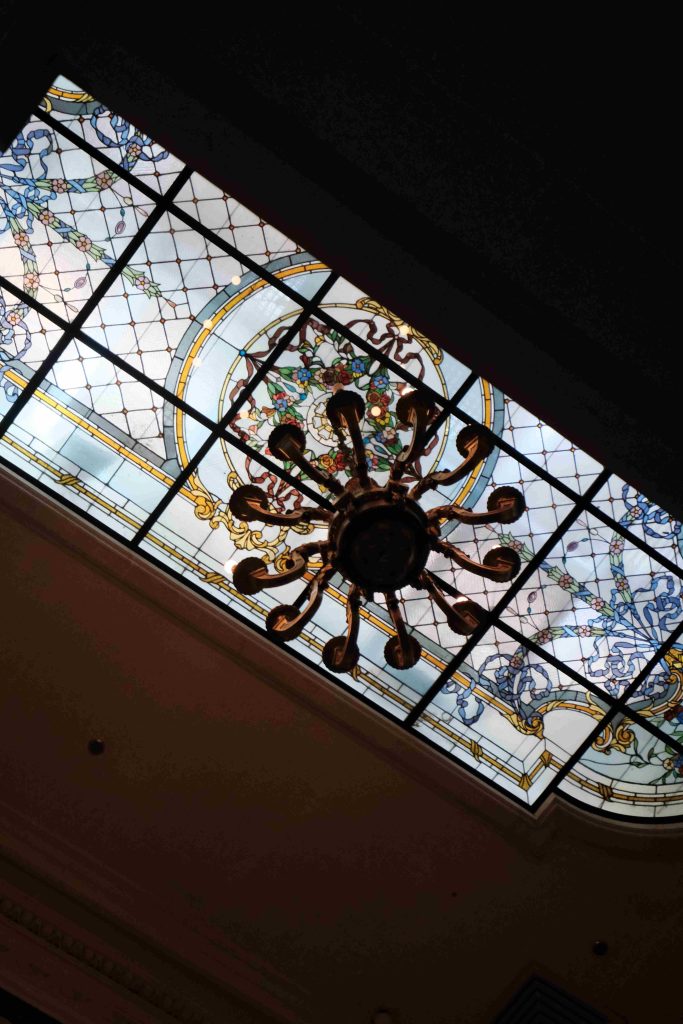


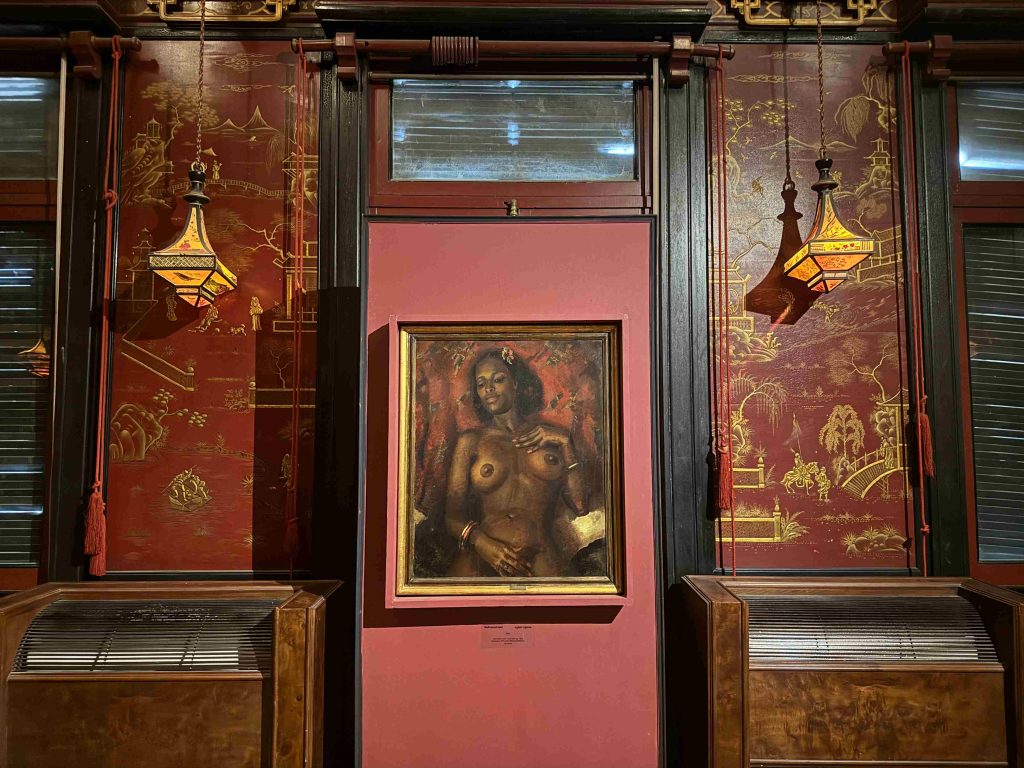







Comments (0)